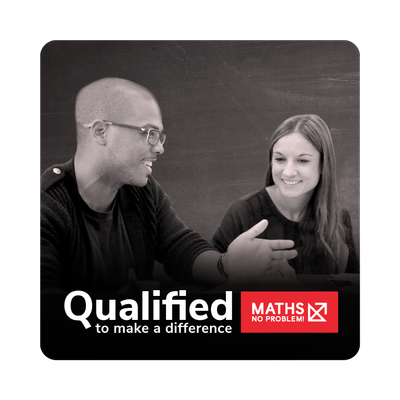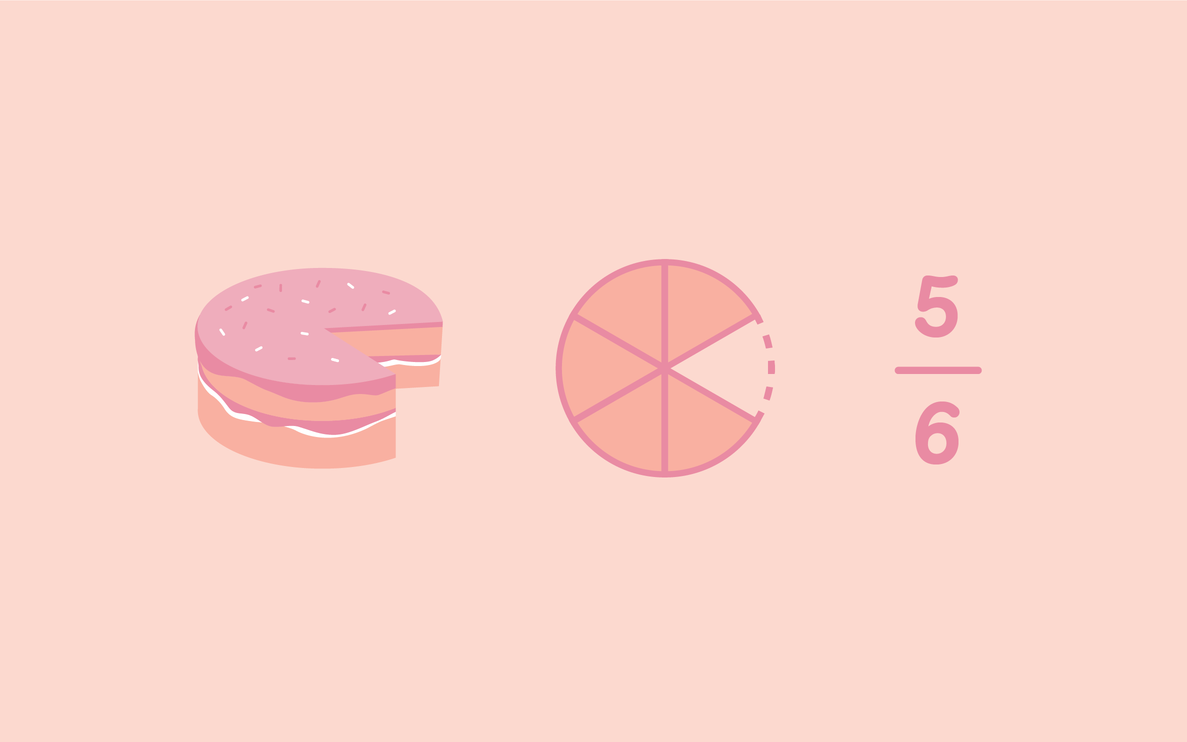Common myths and misconceptions surrounding the Concrete, Pictorial, Abstract (CPA) approach
Editor’s Note:
This is an updated version of a blog post published on July 12, 2018.
Concrete, Pictorial, Abstract (CPA) is an activity-based multisensory approach that is all about ‘learning by doing’. Under this approach, pupils engage in activities to explore and learn mathematical concepts and skills.
Sitting at the heart of teaching maths for mastery, CPA makes learning accessible for all pupils and is particularly effective for pupils having difficulties with maths.
The CPA sequence, based on Jerome Bruner’s modes of representation, is a well-known discovery approach advocated by the Singapore Ministry of Education since the early 1980’s. It’s now used widely across the maths community. Despite its popularity, there are still some misconceptions about this approach. We’ll address them here.
Solid, liquid and gas
Pupils use concrete manipulatives and experiences to construct meaning and understanding and are guided to uncover abstract mathematical concepts or results. During these activities, they discuss and share their understanding using concrete and pictorial representations.
The role of the teacher in this hands-on and minds-on sequence is to act as a facilitator, guiding pupils through the concrete, pictorial and abstract levels of understanding by providing appropriate scaffolding and feedback.
Cementing understanding
‘Concrete’ tends to be associated more with objects rather than actions but this is an ambiguous term.
It’s worth remembering that ‘concrete’ doesn’t refer to just ‘concrete manipulatives’, but also ‘concrete experiences’ through activities with suitable manipulatives.
Become Qualified to Make a Difference
Empower yourself to create a lasting impact in pupils’ lives. Gain maths mastery certificates that will represent all you’ve accomplished and learned in your teaching journey.
From Fellow, to Expert, to Master — you can take the pathway to certified success!

Manipulative madness
A popular myth that rears its ugly head in some maths classrooms is the idea that manipulatives are for children who are struggling learners or have special needs in maths.
Firstly, everyone can learn maths to the highest level. The mastery approach means manipulatives are for everyone to use for concept exploration. Even if children appear to have grasped an idea, manipulatives support and extend learning further.
There is also the impression that hands-on concrete resources are the sole preserve of Early Years Reception, Foundation Stage and Key Stage 1. This is simply not true. Manipulatives support understanding, reasoning and conceptual development across all ages and through all Key Stages.
Another mastery misconception is the idea that teachers do all the choosing when it comes to using manipulatives. If we want pupils to become independent learners, they should select their own resources according to the task at hand and be able to reflect on and explain their choices and what they did. Pupils need to create knowledge for themselves.
Greater depth isn’t dictated by teachers, it’s guided by ‘pupil voice’ and the choices children make. Manipulatives should be freely available and placed on every table so pupils can ‘show it to grow it’ and develop self-efficacy.
Stretchy maths
CPA is often regarded as a gradual systematic approach — a sequential three level strategy that promotes overall conceptual understanding, procedural accuracy and fluency by using multisensory teaching techniques when introducing new concepts.
Each stage builds on to the previous stage and therefore must be taught in sequence….or does it?
CPA is seen primarily as a sequence of three distinct stages, but it’s not a straitjacket. Don’t feel you have to follow a step-by-step approach. You still have the freedom to move between stages and focus on the areas that suit the needs of your classroom.
You may travel along the CPA continuum again and again, revisiting previous stages when necessary and staying within a stage to extend a concept and understanding if needed.
It might be the case that children use CPA in one particular lesson but it doesn’t have to be this way. Like with any learning approach, teaching should essentially be tailored in accordance to how learning takes place.
As Caleb Gattegno (1987) said, “teaching is subordinated by learning.”
For example, children who use abstract representations in one area may need concrete representations in another. Even when a pupil has worked out the answer using an abstract method, we can challenge them to use concrete resources to convince their peers that they are correct.
CPA doesn’t have to be a hierarchy or a straight line. Each stage should be used when appropriate to address the unique needs of the children. It’s stretchy and flexible.
Mastery isn’t a linear progression from concrete to pictorial to abstract which is why we need to see CPA as more of a cyclical approach. Whether you’re introducing a new concept or want to build further on a concept that’s already been covered, all stages can be taught simultaneously. At various points in a sequence of learning, we have the choice to reintroduce a concrete resource to develop reasoning and the ability to see multiple representations of a concept.
Movement between stages enables a connected model of learning mathematics and helps children see the maths happening.
Ready or not
Although it is often believed that children’s understanding benefits when problems are presented with concrete materials that are faded into abstract representations, every child is different and our teaching should be tailored to reflect this. Thankfully, the CPA approach is flexible and designed to help all pupils learn mathematics meaningfully. It’s an effective teaching practice for differentiation. Some pupils may be ready for problem solving, explaining their reasoning with different levels of representation. Other pupils can choose to use the level of representation they’re comfortable with or we can encourage pupils to use one or more levels of representation based on their readiness.
Final thoughts
The overarching purpose of the CPA approach is to make sure pupils develop a tangible understanding of the maths concepts and skills they learn. This means being flexible so that teaching, learning and assessment are interconnected.
In the right hands, the CPA approach can reduce pupils’ frustration, discouragement and anxiety levels because it’s a rich mixture of experiences, opportunities and genuinely transformative maths moments.
